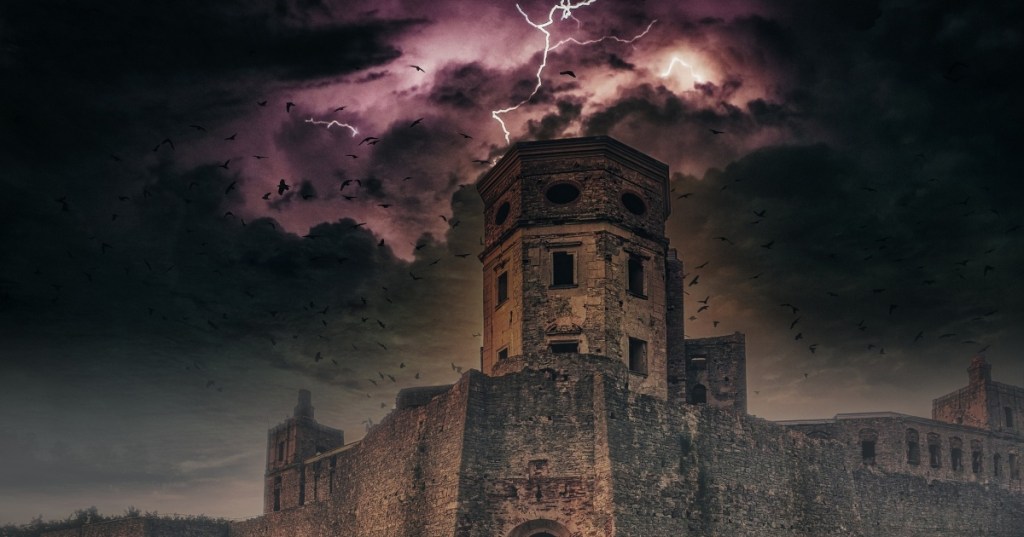Thanks to DNA and genealogy websites, scientists have reconstructed the face of a suspected vampire from the 19th century, and they also believe they have uncovered his identity. Parabon NanoLabs and the Armed Forces DNA Identification Laboratory produced the reconstruction based on the DNA found in 1990 from a middle-aged man buried in Griswold, Connecticut. The skeleton’s grave was unmarked, but the coffin offered a clue about its content with a label that read “JB55.”
Photo Source: Pixabay
In 2019, scientists theorized that the man in the grave was likely suspected of being a vampire because the body appeared to have been exhumed and reburied.
His limbs had been placed across his chest in a skull-and-crossbones symbol, and the body showed rib lesions indicating that he died from a chronic pulmonary infection, perhaps tuberculosis.
In fact, researchers have theorized that tuberculosis, or similar diseases, may be at the heart of vampire folklore around the world. People with severe tuberculosis may have appeared gaunt and pale, and receding gums that would make teeth appear longer and fang-like.
Using DNA and a 3D scan of the skull, researchers created an image of the man’s likely appearance.
Photo Credit: Parabon Nanolabs
They compared JB55’s genetic information on genealogy websites and got two close matches with the surname “Barber.” Historical records indicate that a man named John Barber was buried at the site.
Beyond his facial features and ancestry line, John Barber’s life story and death remain a mystery.
